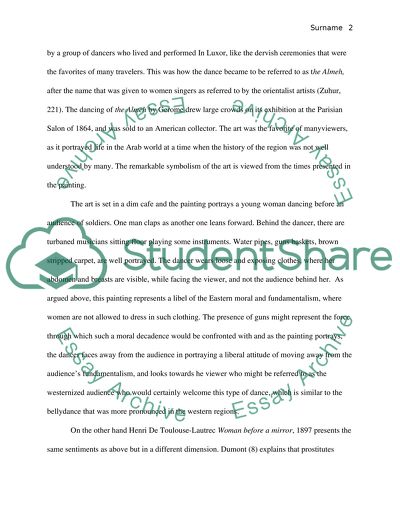Cite this document
(“The Almeh by Gerome and a woman in the mirror by Lautrec Term Paper”, n.d.)
The Almeh by Gerome and a woman in the mirror by Lautrec Term Paper. Retrieved from https://studentshare.org/visual-arts-film-studies/1437126-the-almeh-by-gerome-and-a-woman-in-the-mirror-by-lautrec
The Almeh by Gerome and a woman in the mirror by Lautrec Term Paper. Retrieved from https://studentshare.org/visual-arts-film-studies/1437126-the-almeh-by-gerome-and-a-woman-in-the-mirror-by-lautrec
(The Almeh by Gerome and a Woman in the Mirror by Lautrec Term Paper)
The Almeh by Gerome and a Woman in the Mirror by Lautrec Term Paper. https://studentshare.org/visual-arts-film-studies/1437126-the-almeh-by-gerome-and-a-woman-in-the-mirror-by-lautrec.
The Almeh by Gerome and a Woman in the Mirror by Lautrec Term Paper. https://studentshare.org/visual-arts-film-studies/1437126-the-almeh-by-gerome-and-a-woman-in-the-mirror-by-lautrec.
“The Almeh by Gerome and a Woman in the Mirror by Lautrec Term Paper”, n.d. https://studentshare.org/visual-arts-film-studies/1437126-the-almeh-by-gerome-and-a-woman-in-the-mirror-by-lautrec.


